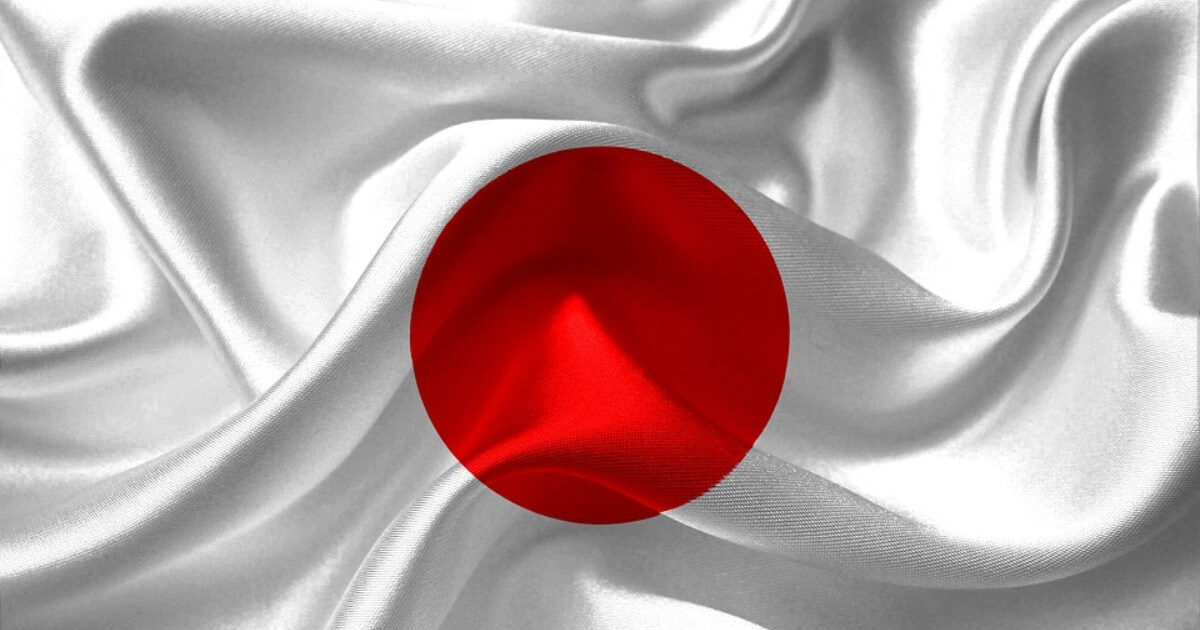India/Japan: The Jugaad-Shokunin Dichotomy
Why the Japan-India relationship refuses to take off.
May 28, 2021

In theory, there are few nations that make a better economic and strategic fit than fast-growing populous India and rich demographically challenged Japan.
Yet, in practice, the Indian-Japanese bilateral relationship remains strangely hamstrung.
One reason for this is a deep cultural dissonance — what I call the jugaad-shokunin dichotomy.
Common ground
India and Japan are both wary of their neighbor China’s potentially hegemonic sway over Asia.
India needs technical expertise and investments to develop its infrastructure, while Japan has capital to spare and know-how to share.
India has a young and dynamic workforce, while Japan is aging. Moreover, the two democracies enjoy a rare historic amity. They are geographically and culturally close, but not too close. Therefore, relations are free of contentious issues such as border disputes.
So close and yet so far
However, despite all these favorable factors, Japan-India ties remain underdeveloped, especially on the front that matters: the economy.
The bilateral economic relationship is underwhelming, not only in relation to its potential, but also when compared to the ties that each nation shares with their common bête noir: China.
China on top
According to Japan External Trade Organization (JETRO) data, China received $116 billion in Japanese investments between 1996 and 2015, about five times more than the $24 billion that India received.
Japan-India two-way trade ($17.63 billion in 2018-19) was also a fraction of the much larger $350 billion Sino-Japan trade relationship.
Even Sino-Indian trade was worth substantially more at $92.68 billion. In fact, the share of India-Japan trade in Japan’s total trade basket was barely 1% and a little over 2% of India’s trade with the rest of the world.
Usual explanations inadequate
The gap between theoretical perfection and practical distance cannot wholly be explained by the usual suspects that plague foreign investors in Indian ventures.
Corruption, inadequate infrastructure, complex tax regulations and land acquisition problems are certainly significant challenges, but they do not constitute the whole, troubled, picture.
Jugaad explained
One of the biggest challenges is a profound dissonance in businesses and broader culture – the jugaad-shokunin dichotomy.
“Jugaad” is a colloquial expression that translates as “quick fix,” or “hack.” It epitomizes a mentality, widespread in India, that relies on ingenuity, bending rules and making do with the good enough under difficult circumstances.
In essence jugaad is about finding loopholes and patching tears in an improvisational manner.
But in Japan, such an approach is anathema. Japan is famous for the “shokunin” spirit or the relentless pursuit of perfection through the honing of a single craft.
The shokunin spirit
The shokunin spirit is embodied in, for example, the sushi chef apprentice who must train for ten years before being allowed to cut the fish or the sake brewer who at night only dreamed of yeast.
The shokunin is always aware that perfection is inevitably elusive, but regardless, must never be given up on.
Striving for, never reaching perfection
Katsushika Hokusai, the iconic woodblock print master of celebrated works like the Great Wave of Kanazawa, was the epitome of a shokunin.
On his deathbed, the almost 90-year old is supposed to have said, “If only Heaven would give me another ten years or even five, then I could become a real painter.”
The air conditioner insight
I spoke to Tomofumi Nishizawa, manager of JETRO’s Overseas Research Department, in Tokyo. He had spent five years at the organization’s India office between 2011 and 2015.
According to him, it took Japanese companies in India longer than their Korean or Chinese counterparts to learn how best to localize their products for the Indian market. He gave me the example of air conditioners.
Cost vs durability
The Japanese, he said, fixated on the quality of the air conditioner, so that they would be able to last without the need for repairs. But in India, it was cheap to have an air conditioner repaired and technicians were easily available.
The consumer was therefore more focused on cost than durability. And more on cost than on perfection. In other words, on jugaad — rather than shokunin.
Daikin shows the way
Japanese air conditioner maker Daikin, which operates manufacturing facilities in India, is an example of a company that eventually understood this. It switched from importing expensive parts from Japan to sourcing them locally.
It began to focus more on cost than durability. On speed rather than on perfection. On jugaad – rather than shokunin.
The shortcomings of shokunin
While it has its advantages, the shokunin spirit hampers the ability of Japanese firms when they operate in environments that prize flexibility and innovation. India is about quick fixes rather than perfection.
The Indian penchant for jugaad makes it difficult to align with a business culture that prizes rules, reliability, standardization and excellence.
Bridging the divide
If Japan and India are to eventually realize the strong potential that their combined forces could represent, they will first need to find a way to bridge the jugaad-shokunin dichotomy.
Were Japan to become more flexible and India, more reliable, it would only be to the benefit of both.
Advantage China
What about China in this equation? It is, in fact, China that displays key elements of both a jugaad and shokunin mindset in its culture.
This makes it a formidable opponent economically and strategically. If Japan and India hope to rival their neighbor’s heft, they have little choice but to move towards bridging the culture/mentality gap that currently keeps them apart.
Takeaways
Japan and India find it difficult to work together because of a deep cultural dissonance: the jugaad-shokunin dichotomy.
The India-Japan bilateral relationship is underwhelming compared to the ties that each nation shares with their common bête noir: China.
India's jugaad mentality relies on ingenuity and making do with the good enough. Japan’s “shokunin” spirit is the relentless pursuit of perfection.
The Japanese shokunin spirit hampers work in in environments that prize flexibility and innovation. India is about quick fixes rather than perfection.
Were Japan to become more flexible and India, more reliable, it would only be to the benefit of both.
China displays key elements of both a jugaad and shokunin mindset. This makes it a formidable opponent economically and strategically.
Japan and India must bridge the culture/mentality gap that keeps them apart in order to rival China's heft.

